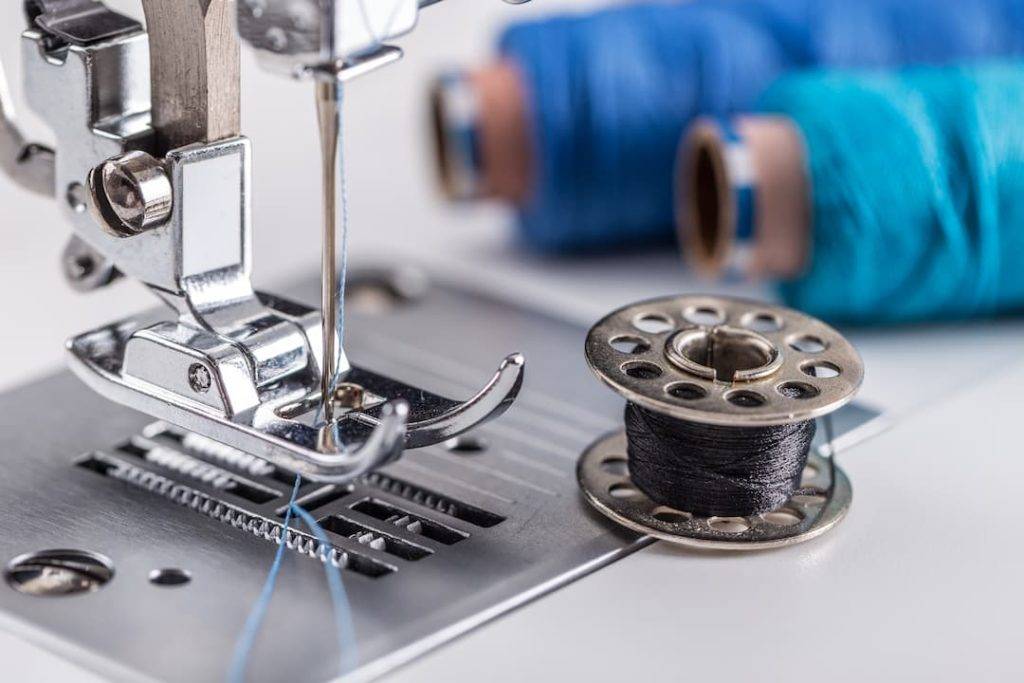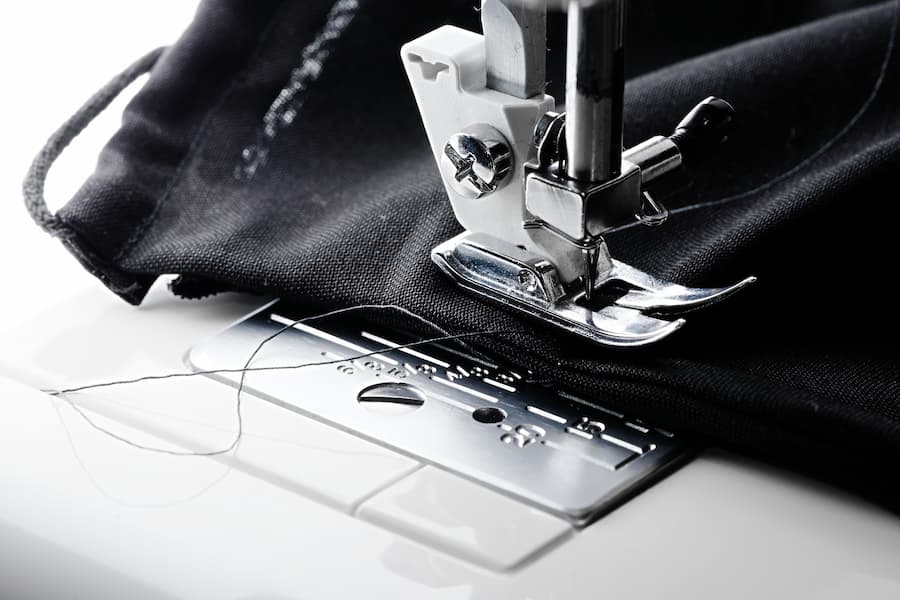Sewing is a skill that takes plenty of practice to get good at. We were all beginners once, so don’t let yourself get put off in the early stages. To help you build your skill set, we’ve put together a short guide to help you build a good foundation of sewing machine knowledge.
Set Reasonable Expectations
Learning a new skill takes time. It would be ambitious to expect to be able to put together a complex, tailored garment as your first piece of sewing. That’s not to say that you can’t have big dreams, but we think it’s best to start small and work your way up to more complicated pieces. Start with something simple like a cushion or a basic piece of clothing before working towards more challenging projects. This will allow you to build your skills and understanding, which will result in a better outcome.
Learn How To Thread Your Sewing Machine
First and foremost, you need to know how to correctly thread up your machine. The majority of sewing machines are threaded in the same way, but you can always refer to the manual or diagrams on the machine where available.
Most machines need to be threaded from the main spool on top, with the thread being guided through several hooks before going into the eye of the needle. Next, you need to place the bobbin in its tray underneath the needle. Ensure the bobbin is placed in the correct direction before catching the thread. This is done by lowering the needle down and then lifting it up again. Once you see the bobbin thread poking through, pull it out and position it away from the machine. Congratulations! You’ve now threaded your sewing machine.

Sewing For Beginners
As a beginner, you’ll want to take things slowly. This will help you to be accurate and means you can spot any issues before it’s too late. It may take a few goes to get used to the sensitivity of your sewing machine’s foot pedal. Feel free to sew a few patches of spare fabric to find the speed you’re comfortable with.
A good practice to ensure your stitches don’t unravel is to backstitch at the beginning and end of your sewing sections. This is done by doing a few backwards stitches over the ones you’ve done forwards, to lock your seams in place. Most machines have a reverse button which you press for as long as you wish to sew backwards. Some machines will be fitted with a ‘lock stitch’ button, which will also secure your first and last stitches.
For Your First Sewing Machine, Choose Cliffords
We stock a huge range of sewing machines and accessories, including models that are perfect for beginners. If you’d like some advice to help you choose the perfect machine for you and your skillset, come to Cliffords Sewing Machines in Swansea.
